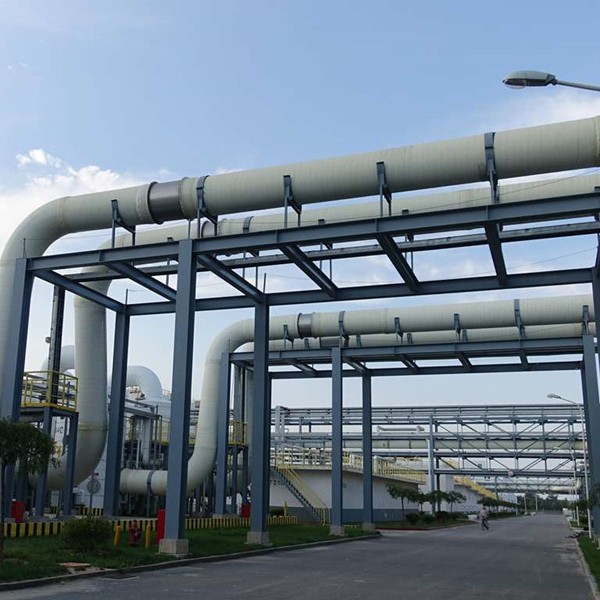
-
 Afrikaans
Afrikaans -
 Albanian
Albanian -
 Amharic
Amharic -
 Arabic
Arabic -
 Armenian
Armenian -
 Azerbaijani
Azerbaijani -
 Basque
Basque -
 Belarusian
Belarusian -
 Bengali
Bengali -
 Bosnian
Bosnian -
 Bulgarian
Bulgarian -
 Catalan
Catalan -
 Cebuano
Cebuano -
 China
China -
 China (Taiwan)
China (Taiwan) -
 Corsican
Corsican -
 Croatian
Croatian -
 Czech
Czech -
 Danish
Danish -
 Dutch
Dutch -
 English
English -
 Esperanto
Esperanto -
 Estonian
Estonian -
 Finnish
Finnish -
 French
French -
 Frisian
Frisian -
 Galician
Galician -
 Georgian
Georgian -
 German
German -
 Greek
Greek -
 Gujarati
Gujarati -
 Haitian Creole
Haitian Creole -
 hausa
hausa -
 hawaiian
hawaiian -
 Hebrew
Hebrew -
 Hindi
Hindi -
 Miao
Miao -
 Hungarian
Hungarian -
 Icelandic
Icelandic -
 igbo
igbo -
 Indonesian
Indonesian -
 irish
irish -
 Italian
Italian -
 Japanese
Japanese -
 Javanese
Javanese -
 Kannada
Kannada -
 kazakh
kazakh -
 Khmer
Khmer -
 Rwandese
Rwandese -
 Korean
Korean -
 Kurdish
Kurdish -
 Kyrgyz
Kyrgyz -
 Lao
Lao -
 Latin
Latin -
 Latvian
Latvian -
 Lithuanian
Lithuanian -
 Luxembourgish
Luxembourgish -
 Macedonian
Macedonian -
 Malgashi
Malgashi -
 Malay
Malay -
 Malayalam
Malayalam -
 Maltese
Maltese -
 Maori
Maori -
 Marathi
Marathi -
 Mongolian
Mongolian -
 Myanmar
Myanmar -
 Nepali
Nepali -
 Norwegian
Norwegian -
 Norwegian
Norwegian -
 Occitan
Occitan -
 Pashto
Pashto -
 Persian
Persian -
 Polish
Polish -
 Portuguese
Portuguese -
 Punjabi
Punjabi -
 Romanian
Romanian -
 Russian
Russian -
 Samoan
Samoan -
 Scottish Gaelic
Scottish Gaelic -
 Serbian
Serbian -
 Sesotho
Sesotho -
 Shona
Shona -
 Sindhi
Sindhi -
 Sinhala
Sinhala -
 Slovak
Slovak -
 Slovenian
Slovenian -
 Somali
Somali -
 Spanish
Spanish -
 Sundanese
Sundanese -
 Swahili
Swahili -
 Swedish
Swedish -
 Tagalog
Tagalog -
 Tajik
Tajik -
 Tamil
Tamil -
 Tatar
Tatar -
 Telugu
Telugu -
 Thai
Thai -
 Turkish
Turkish -
 Turkmen
Turkmen -
 Ukrainian
Ukrainian -
 Urdu
Urdu -
 Uighur
Uighur -
 Uzbek
Uzbek -
 Vietnamese
Vietnamese -
 Welsh
Welsh -
 Bantu
Bantu -
 Yiddish
Yiddish -
 Yoruba
Yoruba -
 Zulu
Zulu
exploring efficient methods for streamlining frp laundering
Exploring Efficient Methods for Streamlining FRP Laundering
Fiber-Reinforced Plastics (FRPs) are widely utilized in various industries due to their impressive strength-to-weight ratio and durability. As the use of FRPs continues to grow, so does the importance of efficient laundering processes to manage their recycling and disposal. Streamlining the laundering of FRPs is crucial for reducing environmental impact and promoting sustainability.
One key method to enhance the laundering process is the implementation of automated cleaning technologies. These technologies can significantly decrease the time and labor involved in the process, all while ensuring that contaminants are effectively removed. By utilizing robotic systems equipped with advanced sensing capabilities, manufacturers can achieve a thorough cleaning of FRP surfaces, thereby improving both product quality and operational efficiency.
Another promising approach is the development of environmentally-friendly cleaning agents that can break down resin structures without negatively impacting the fibers. These agents should be non-toxic and biodegradable, aligning with the growing demand for sustainable practices. Research into enzymatic cleaners has shown potential as they can selectively target and breakdown specific components of FRP, making the laundering process more efficient.
exploring efficient methods for streamlining frp laundering

Moreover, optimizing the recycling process of FRPs post-laundering is essential. By establishing closed-loop systems, companies can reuse the reclaimed fibers in new composite materials, significantly reducing waste. Innovations in mechanical recycling techniques can transform laundered FRPs into high-quality raw materials, thus creating a circular economy model that benefits manufacturers and the environment alike.
Furthermore, training personnel on best practices in FRP laundering can lead to more consistent results and reduced errors. Workshops and ongoing education can help staff understand the importance of proper techniques, equipment handling, and environmental guidelines. This not only enhances the overall effectiveness of the laundering process but also fosters a culture of sustainability within organizations.
In conclusion, exploring efficient methods for streamlining FRP laundering is imperative to address the challenges posed by the growing use of these materials. By integrating automation, developing eco-friendly cleaning solutions, optimizing recycling processes, and properly training staff, we can significantly enhance the efficiency of FRP laundering methods. These advancements will contribute towards minimizing environmental impact and paving the way for a more sustainable future in material management.









